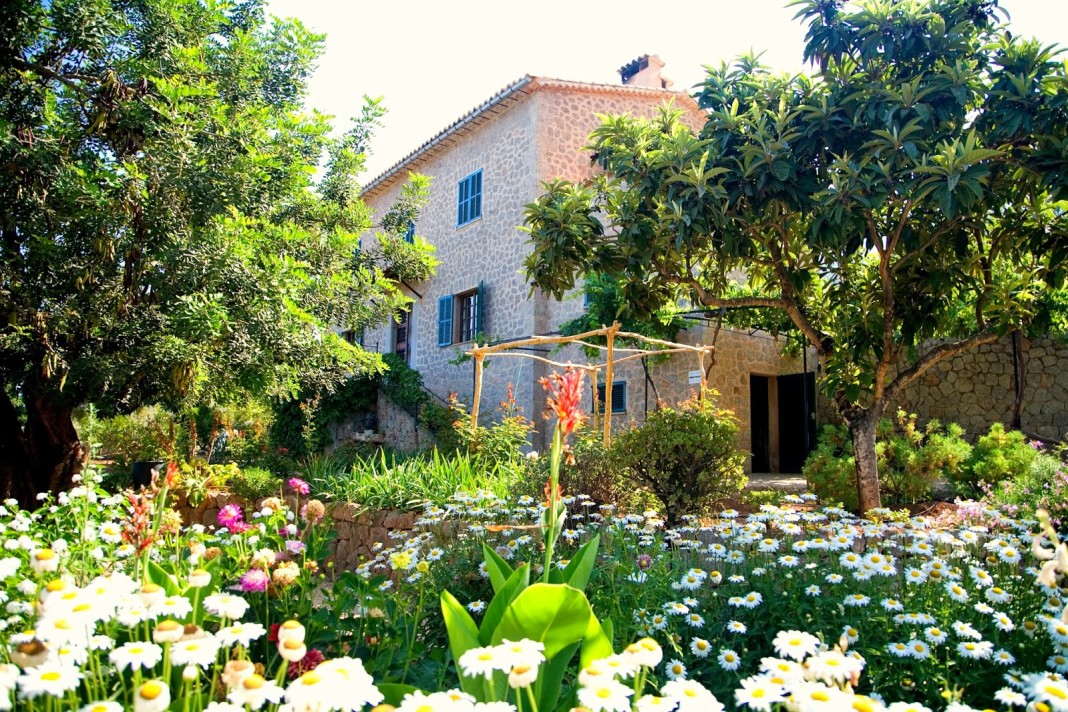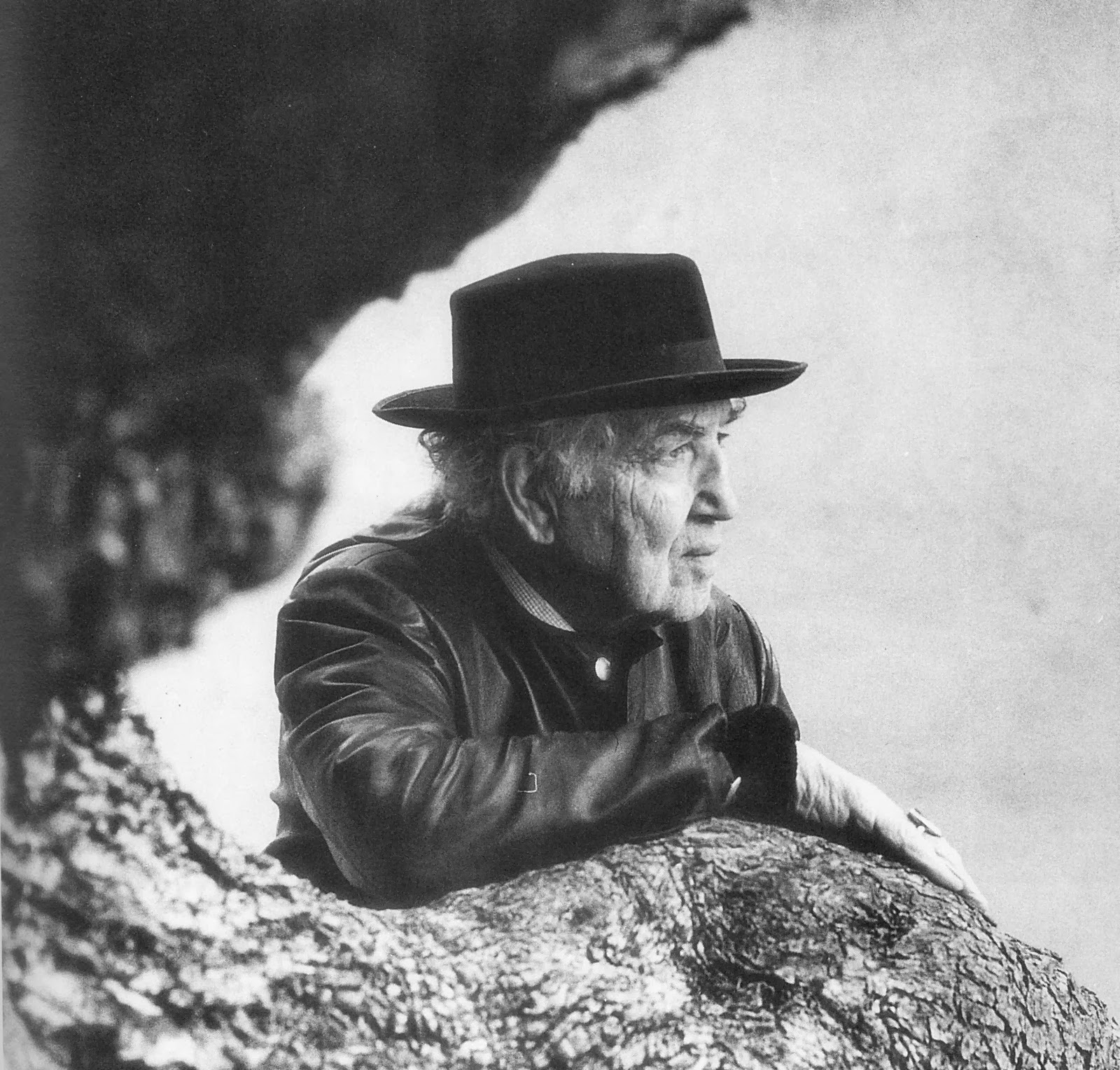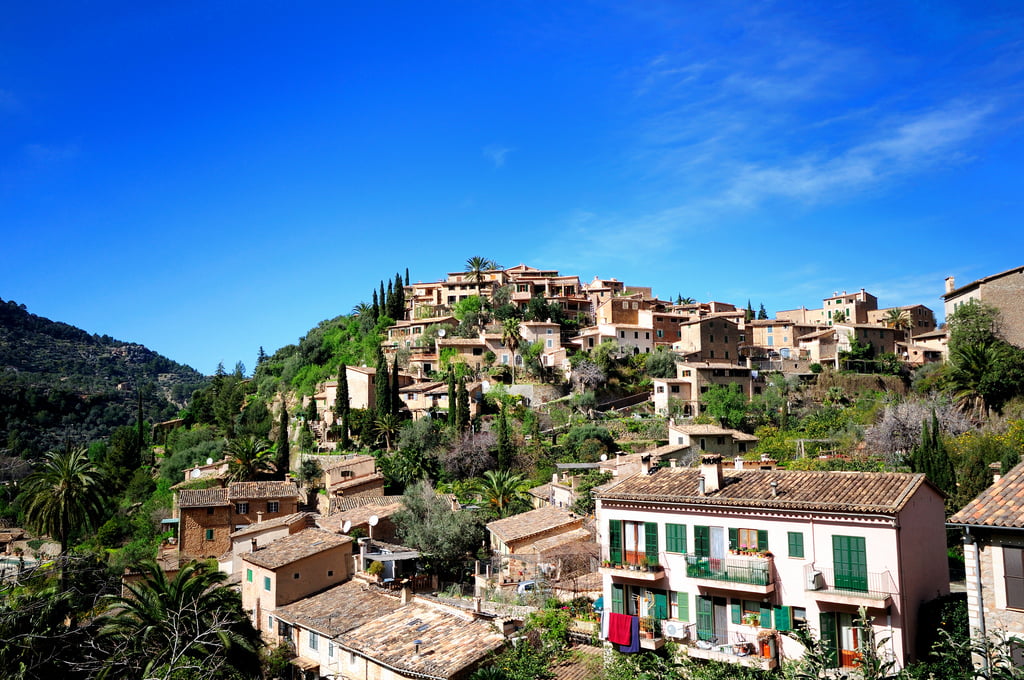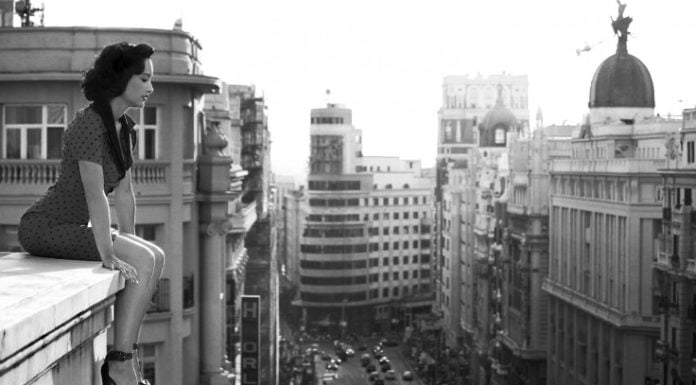Mallorca, an enchanting Spanish island in the Mediterranean, has lured generations of artists, writers, poets, celebrities, and musicians, inspiring their works and legacies.
W
hen William Graves opened the door of his father’s old casa in the undulating hillside of Deià on the island of Majorca, his eyes twinkled. Elena, whom he had been married to for 48 years, was with him. He was sporting a raincoat while she had a shawl around her neck and a jacket to boot, and they had been confabulating about the cold, rainy weather.
Winter of 1946—it was during this time of the year when the Graves family would gather together in front of the fireplace after a frugal dinner of potatoes and some broad green beans freshly harvested from the garden.
The house, despite its compact size, had a functional and modest space for the growing family. After all the children had climbed upstairs and gone to bed, Mrs. Beryl comfortably sat in her chair, relieved after a long day’s work. That moment she kept on imagining how she missed summer while Mr. Robert, a poet, scholar, and novelist, headed back to his study, scribbled some notes, and piled one sheet over the other until the last set of manuscripts was placed on top of the perfectly varnished wooden table waiting to be published next spring.
William, 74, the eldest son of Robert Graves to Beryl Pritchard, still vividly recalls these memories as he showed us the living room where they spent most of their childhood days with his siblings during the winter. Across from the kitchen is a hallway that leads to his father’s office. What used to be Robert Graves’s possessions are all neatly kept and preserved.

The old letterpress machine was still operational, where it published some of his most influential novels of all time—I, Claudius, Claudius the God, and Count Belisarius, together with numerous books of poetry under “The Seizen Press.”
Endearingly referred to as Ca n’Alluny among locals, Robert Graves’s house was built on the outskirts of the village and has a huge garden surrounding it. Nearby are the terraced hillsides that rise to an impressive 600 meters. Just over the steep-wrinkled cliffs of the Tramuntana Mountains, olive trees proliferate, almost engulfing the whole landscape that overlooks the Mediterranean.
This was the place that Robert Graves fell in love with when he first came to Deià in 1929. Every morning after his coffee, he would walk down to his patched-earth garden and think about planting oleander or carnation as an addition to his fruit orchard and vegetables. On a typical summer day, he spent his time visiting the village, where he would hear the braying of the donkeys as they pulled a loaded cart of olives, potatoes, and oranges. From time to time, the church bell rang out in unison with the sheep. The late afternoon light transformed the limestone houses into a candid ochre-colored hue.
It was not so long ago when Deià was hidden from the watchful eyes of holidaymakers. A quick look into its past relates a rich history that traces back from the time of the Moorish invasion in Majorca during the 10th to 13th centuries.
Though a sleepy coastal village in the early 20th century, Deià attracted many artists and writers and later became an enclave for those who were in search of a Bohemian lifestyle. Some came to spend a certain time; others decided to stay. It was Robert Graves’s presence and his legacy that made the world notice Deià.
He used the town as the setting for many of his stories and invited guests into his home that soon morphed into a literary salon and the hub of numerous writers and artists’ friends. Amongst those were Kingsley Amis, actors Alec Guinness and Peter Ustinov, who, like Graves, came to live in Mallorca. While he was also busy entertaining his world-renowned friends, F. Scott Fitzgerald, Winston Churchill, and Charlie Chaplin, who were staying at the newly opened Hotel Formentor.
Graves was engrossed with the writing of his poem “Not to Sleep,” a fevered love letter dedicated to Ava Gardner, who sojourned on the island from time to time. In the poem, Robert described his blissful insomnia that affected him during her visits—particularly stimulating, yet disturbing.
It took him 80 years to cease writing. By the age of 90, he bid goodbye to Deià and rested in a small churchyard on a hill. This was the last scene I saw after William pushed the stop button on his father’s documentary film.
“I wanted to go where town was still town; and country, country.”
– Robert Graves
The narrator’s voice faded simultaneously with the background music, and then, finally, the screen went blank. William turned the lights back on. His eyes twinkled just like the first time I saw them. It was the same kind of sparkle that I knew. I remembered a man sitting alone in a café; his frizzy, whitewashed hair and his rugged pullover made him look familiar to me. He spoke good Spanish, but I knew he was English. He took the last sip of his coffee, placed some monedas on the table, and finally stood up. He picked up his hat, and just when he turned around, his eyes met mine.
How strange to see Robert Graves’ life condensed into a 14-minute video clip. Though it was a quick memory trip of a great writer’s life, it was, without a doubt, long enough to last a lifetime.
BUTTER MY BAGUETTE
This website made of love strives to produce FREE CONTENT.
Help me tell more stories and keep this website free of any advertisement by supporting Flying Baguette in inspiring more people and connecting you with other cultures and communities around the globe. Donate a little or as much as you can afford to keep the magic of Flying Baguette going for years to come. Share your support through the icons below ⬇️



















It’s amazing how I always end up with a smile on my face after reading the stories you write so engagingly.
I’d never heard of Robert Graves but I understand his fascination with Deià and the wonderful Majorca.
Like any landscape in southern Spain with Moorish reminiscences, it’s always enchanting to see those hillsides with their houses.
I have not heard of Deia nor of Robert Graves, but I’m grateful you’ve introduced me to him and his work in your usual enchanting writing style. The pictures are gorgeous and I can understand why he choose this particular corner of the world for his doings. The hilly landscape against blue skies is truly inspiring. I’m not too familiar with Mallorca but have pinned Deia now.
Carolin | Solo Travel Story
Doesn’t it make you just want to pack up, move there and write?! What a lovely sounding place to set up and be inspired to create. I love the idea of the tour and I’m always interested in where famous writers or artists actually lived and worked. That’s quite the list of celebrity friends he had too, I think I’d happily visit anywhere with a Charlie Chaplin connection
What a beautiful place to visit. I can understand being captivated by it. I’ve never heard of Robert Graves before but your writing made sure that I understood his experience quite well. Beautiful writing.
I knew about Robert Graves from my schooldays as we studied the poets of his war time era, Sassoon, Owens etc.
What I didn’t know was that he died and was buried on Majorca.
He actually had a lot of children via two marriages and was quite a prolific writer.
What a fascinating visit to a beautiful home! I particularly love the fact that the letterpress machine is still there and still functional – a memorial to all those famous words that have passed through it. And Deia is delightful as well – you can see how Graves fell in love with this region. It is truly a place of inspiration.
Graves is one of my faves and I really enjoyed reading about his beloved Deiá. What a beautiful place. I think I would enjoy wandering the streets and filling my imagination inspired by his writings. Once again, you have ignited my curiosity.
Lyn | http://www.ramblynjazz.com
I must admit that I haven’t heard of Robert Graves despite being British. I can certainly understand why he chose Deia, what a beautiful place.
What a gorgeous place! I can see how it can inspire anyone that goes there.
I first heard of Robert Graves during my London days – there was a blue plaque announcing his birthplace on the wall of a pretty house in Wimbledon. Years later my husband and I rented a holiday villa in Soller. Its elderly owner’s mother had been a friend of Graves’s and had lots of books and memories of that time around the house. I read one of the books – William Graves’s biography of his father. It was an eye-opener! – both on Robert Graves himself and on life in Deya at that time, which was neither as easy nor as idyllic as it would be today. I ended up feeling rather sorry for his wives and what they had to put up with. Would love to do the house tour though – that would be amazing.
I can understand that Robert Graves fell in love with Deia. Who wouldn’t? This town is gorgeous.